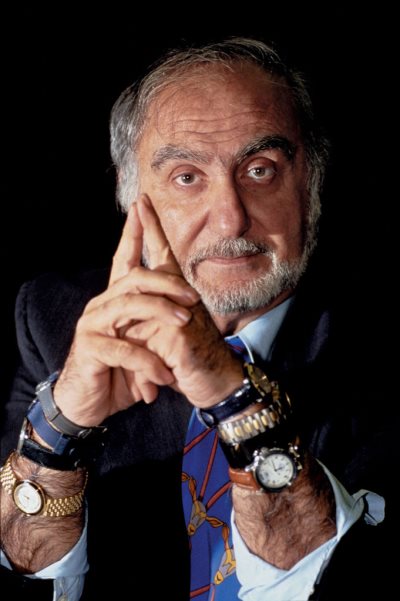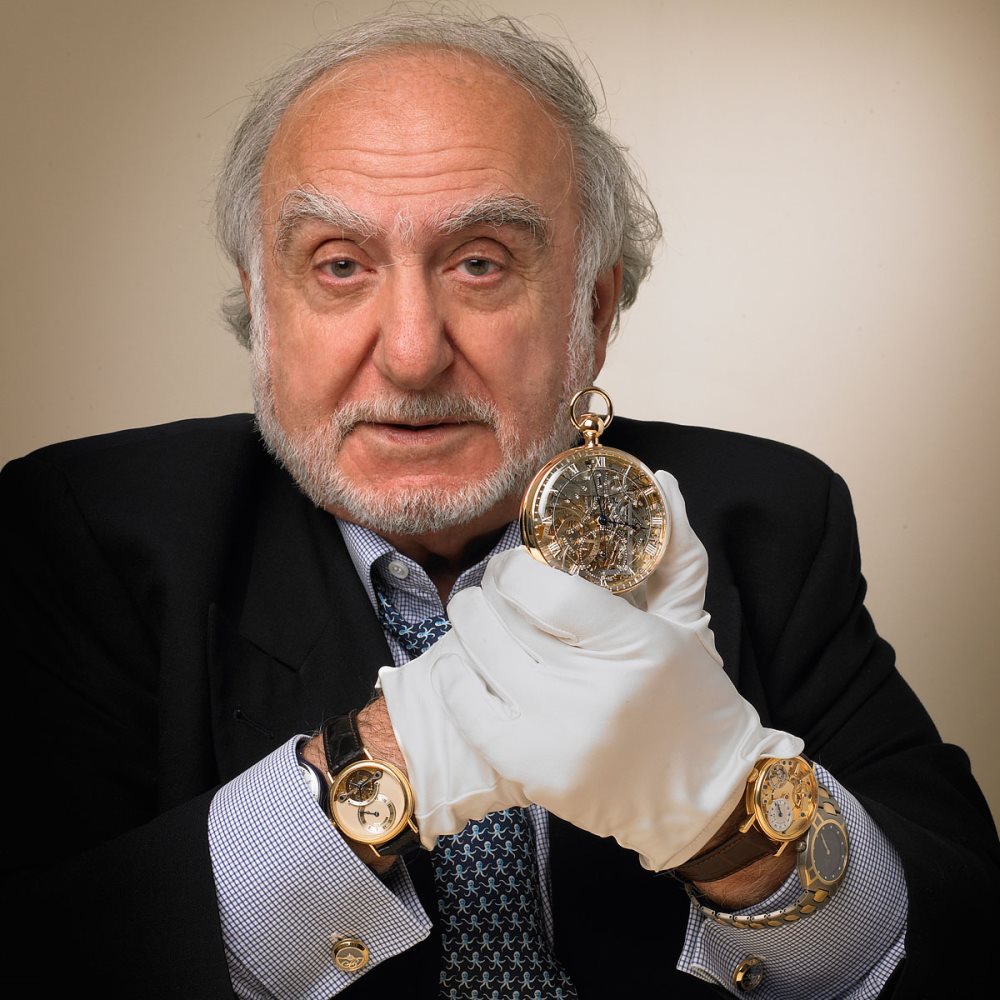The tactics of a man who loved the “ticking” of watches
Following his adventures in the foundry, Nicolas Hayek launched his own company: Hayek Engineering Inc., a consulting company based in Zurich. There are soon 250 consultants in many fields, from car manufacturing to the Swiss administration (in particular the city of Zurich).
It is through his company that he crosses the road of watches. At the dawn of the 80s, Hayek is asked for a special audit: it is about diving into the Swiss watch industry. The biggest watchmaking country has been in turmoil ever since Japan set out to transform the traditional relationship between men and watches, creating quartz timepieces that are cheaper and therefore more accessible. The world is then changing and its economy with. Except that the Swiss industry has veiled the face, refusing to take into account these developments – this is the record, harsh, that Hayek. But a balance sheet that reflects the reality: by 50%, the market share of the high-end Swiss watch dropped to 15% in just five years.
Well acquainted with the mechanisms that underlie the economic world, Hayek takes matters into his own hands. In 1983, he chaired the merger of SSIH and ASUAG, two Swiss watchmaking companies close to the collapse. It names this new structure Swiss Society of Microelectronics and Watchmaking (SMH) and launches its own revolution: the first quartz watch manufactured in the country of Haute Horlogerie. The Swatch is not a storm: it’s a hurricane. Hayek changes the world. And he does it with a modest piece of plastic sold for 50 Swiss francs.
We must try to imagine the process of thinking of Nicolas Hayek: the Japanese flood the market with simpler watches, easier to manufacture, which are cheap to produce, and give the opportunity to a whole population to buy the one of those objects formerly too expensive. But the Japanese fish on two points: the design and the quality of the mechanism. Hayek’s idea is based on this observation. He wants to design watches of very good quality, perennial, pretty, but watches that are like fashion accessories, scarves or hats: that can be changed easily. This is the principle of the “second watch”, or “second watch”. Contracted, both terms give “Swatch”.
So Swatch it!
The Swatch is a huge success; the visionary has become guru of the Swiss watch. The sinking of the industry is avoided. Hayek takes advantage of his growing power to get his hands on most of the big names in luxury watchmaking: Blancpain, Breguet, Jaquet Droz, Glasshute Originals, Leon Hatot. In parallel, the brands Tiffany’s and Calvin Klein entrusted him with the reins of their watch lines, eager to glean a little of the talent of the character.
It will take a few more years for the SMH to become Swatch Group in 1998. What better way for Hayek to pay tribute to the creation that propelled him to lead the largest consortium of watch brands? Since 1984 and the official launch of the Swatch, the group has sold no less than 400 million copies of the small watch.
However, Nicolas Hayek’s ambition did not stop there. The Swatch is a double object, conjugated both in the present and in the future. While having democratized the object-watch, allowing everyone to wear one on the wrist, he also designed an accessory that serves as a gateway to the high end. Hayek’s bet was: to love Swatch today is perhaps to fall in love, tomorrow, with a luxury timepiece … and why not a model belonging to one of the brands of the group?
His vision of things, Hayek did not apply it to watchmaking. Regularly solicited for his advice on the economy (he was elevated to the rank of doctor honoris causa by the universities of Neuchâtel and Bologna), he is also at the origin of the Smart, this little car whose name comes from the contraction of three terms: Swatch, Mercedes and Art. Here again, Hayek, well ahead of his time, was a decade ahead of modern mobility needs: his vehicle was electric and designed for urban use. A vision that, at the time, so frightened the car manufacturers that they did not dare go to the end of his project. (Take a look at this page to learn more about the history of the Smart.)


 Français
Français
